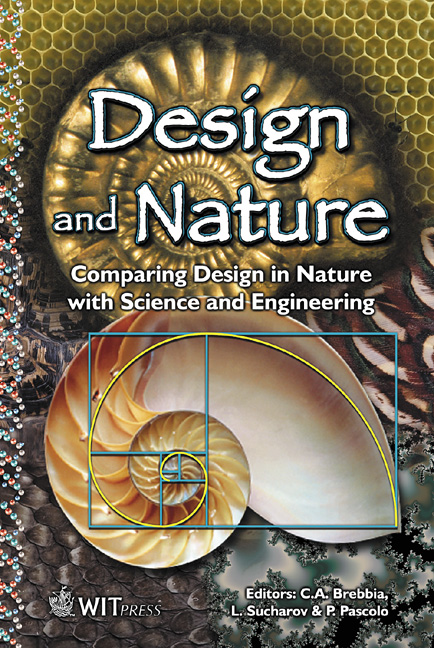The Importance Of The Microstructure Of Snow In Nature And Engineering
Price
Free (open access)
Transaction
Volume
57
Pages
Published
2002
Size
682 kb
Paper DOI
10.2495/DN020091
Copyright
WIT Press
Author(s)
M. Schneebeli
Abstract
The importance of the microstructure of snow in nature and engineering M. Schneebeli WSL Swiss Federal Institute for Snow and Avalanche Research,Davos, Switzerland. Abstract Snow is a sintered material of ice crystals. In a terrestrial environment snow exists at a very high homologous temperature and undergoes rapid recrystallinization. Due to the extremely variable shape of the snow crystals, this sintered material exhibits a very wide range of porosities, between 0.9 to 0.2. The physical and mechanical properties are determined by the shape of the crystals and the connections (bonds) in between. Using 3D-micro-computertomography (uCT), we are able to measure the texture at a microstructural level, giving new insight to the thermal and mechanical behaviour of this material. In addition, the elastic properties can now be simulated as a framework of ice. These results are applied to diverse areas as snow avalanche forecasting and snow engineering. Introduction Snow is a natural resource and material used heavily by the society in northern or alpine landscapes. It is essential for winter tourism, to store water for hydro- power production and irrigation, but also to improve trafficability, especially in the arctic. However, in steep terrain, the formation of snow avalanches is an important natural hazard. The study of snow is concerned to these main aspects, which have to consider nature and engineering concurrently. What makes snow special to any natural or artificial material we live with? There are two prominent features: the high homologous temperature and the high and very variable porosity. The homologous temperature is a dimensionless parameter that is defined as the absolute temperature divided by the absolute melting temperature
Keywords





